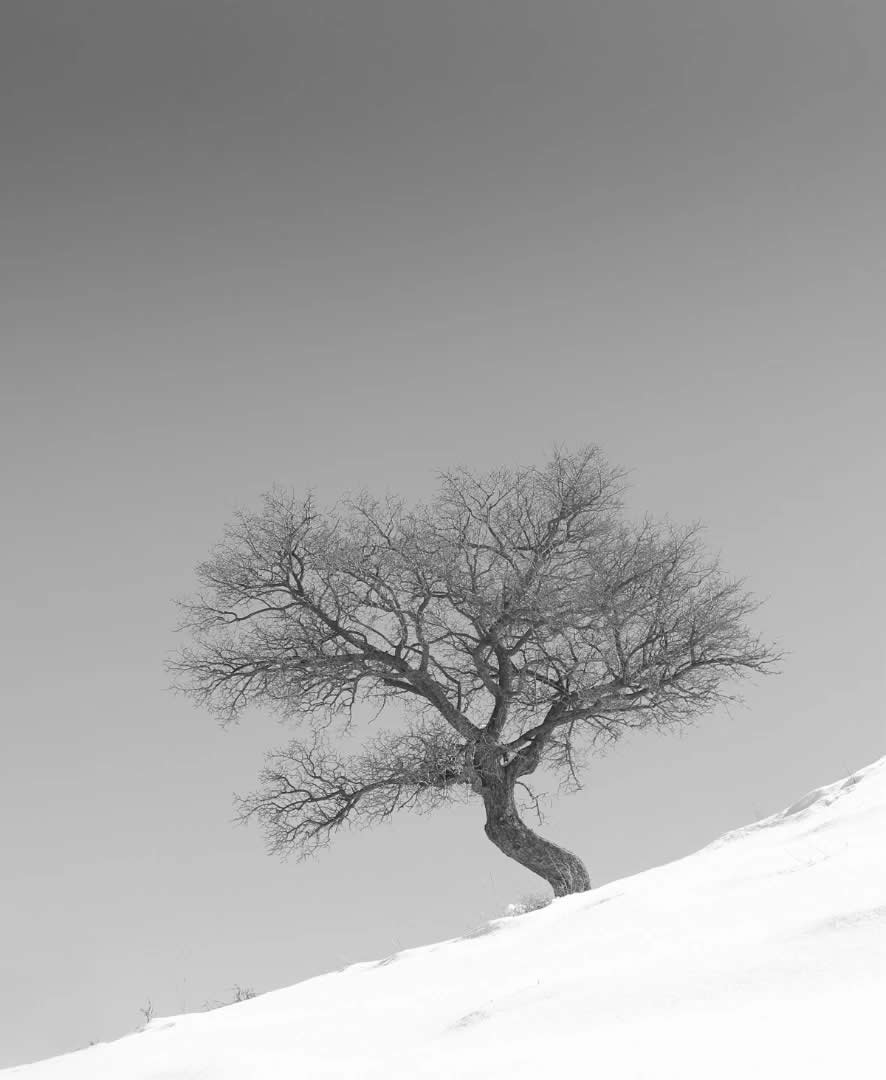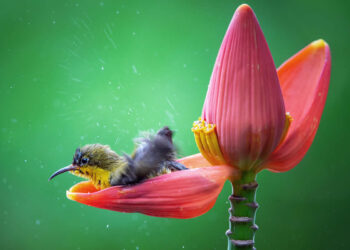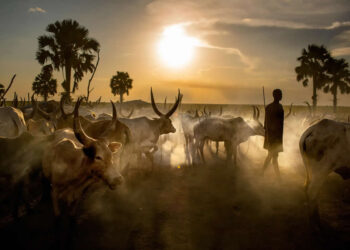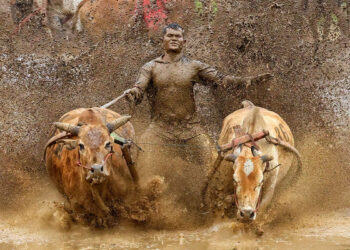In a world saturated with color and noise, Iranian photographer Mostafa Nodeh invites us to slow down and listen to the silence of nature. Through his black and white landscape photography, Nodeh distills the chaos of the external world into frames of clarity, calm, and quiet. His artistic vision is rooted in minimalism—not as a trend, but as a meditative philosophy. “I search for meaning through simplicity and silence,” Nodeh writes, and this essence permeates every photograph he creates.
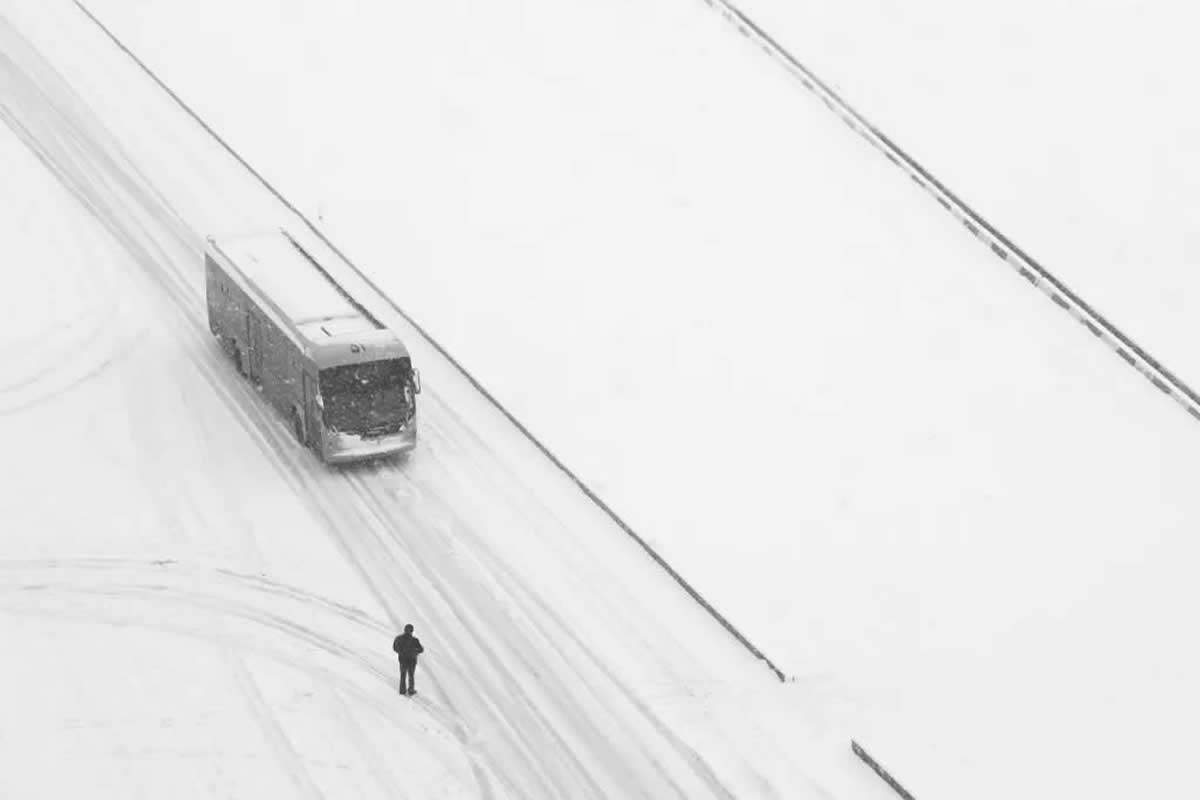
His compositions—often composed of stark trees in snow, misty fields, or empty horizons—reveal the poetry of space. There’s elegance in his restraint, allowing light, shadow, and negative space to breathe. By removing color, Nodeh amplifies emotion, letting viewers project their own stillness, longing, or reflection onto each image. Every branch, every ripple of snow becomes a whisper of nature’s inner voice.
Globally recognized and featured in award-winning international photography showcases, Mostafa Nodeh’s work transcends genre and geography. His landscapes are not just scenes—they are contemplations. With mastery in composition and framing, he captures the soul of nature in its quietest form. This article brings together 30 of his most poetic black and white landscapes, a collection that speaks not loudly, but deeply.
You can find Mostafa Nodeh on the web:
#1
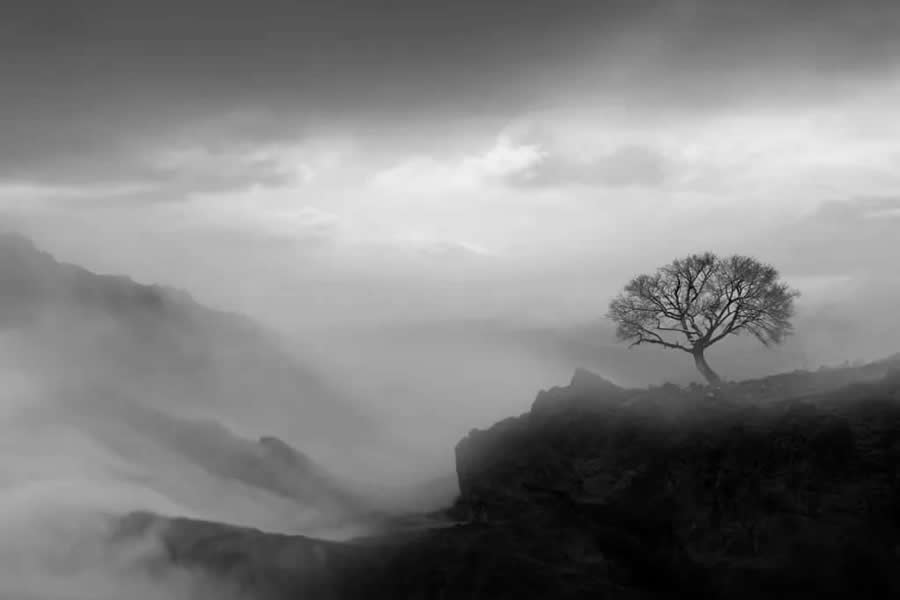
#2
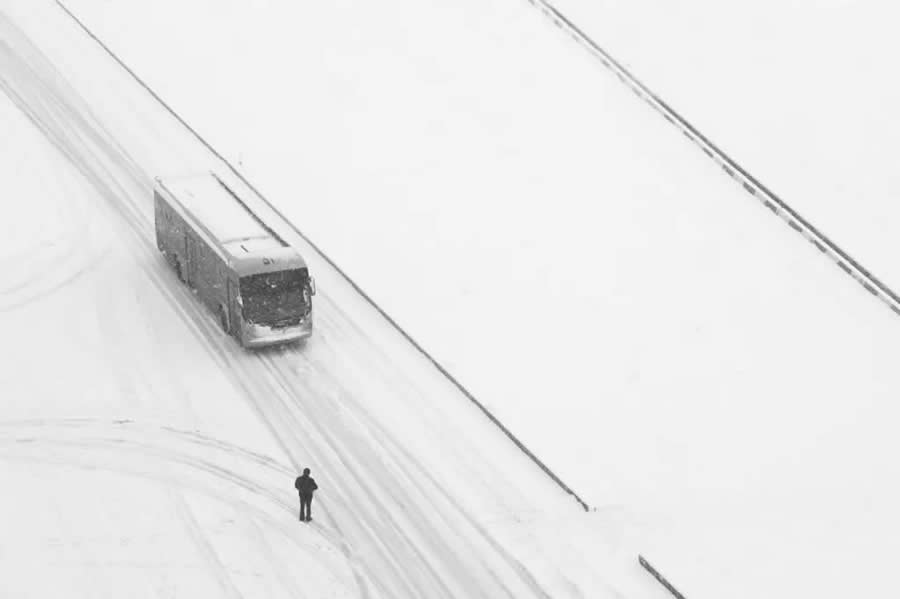
#3
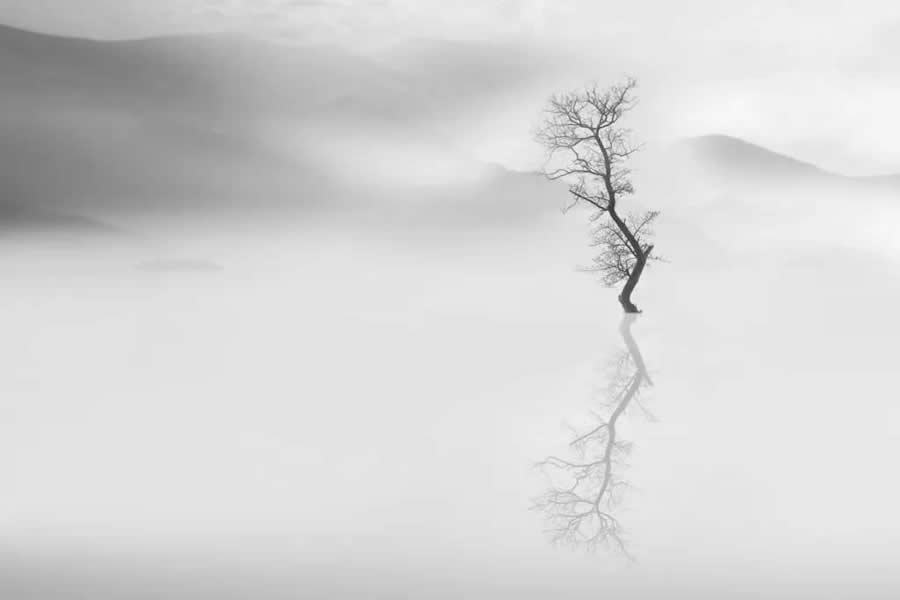
The Language of Silence
Mostafa Nodeh’s landscapes speak in whispers. His photographs often depict wide, open spaces punctuated by a single tree or winding path. In these vast silences, emotion arises. Nodeh doesn’t overwhelm with detail—instead, he pares back until only the essential remains. This approach aligns with a minimalist philosophy, where less truly becomes more. Snowfields, fog, or blank skies serve as blank canvases that allow the mind to rest. His silence is intentional, not emptiness but presence. These photos feel less like scenes and more like meditations—moments of visual stillness that echo inward.
#4
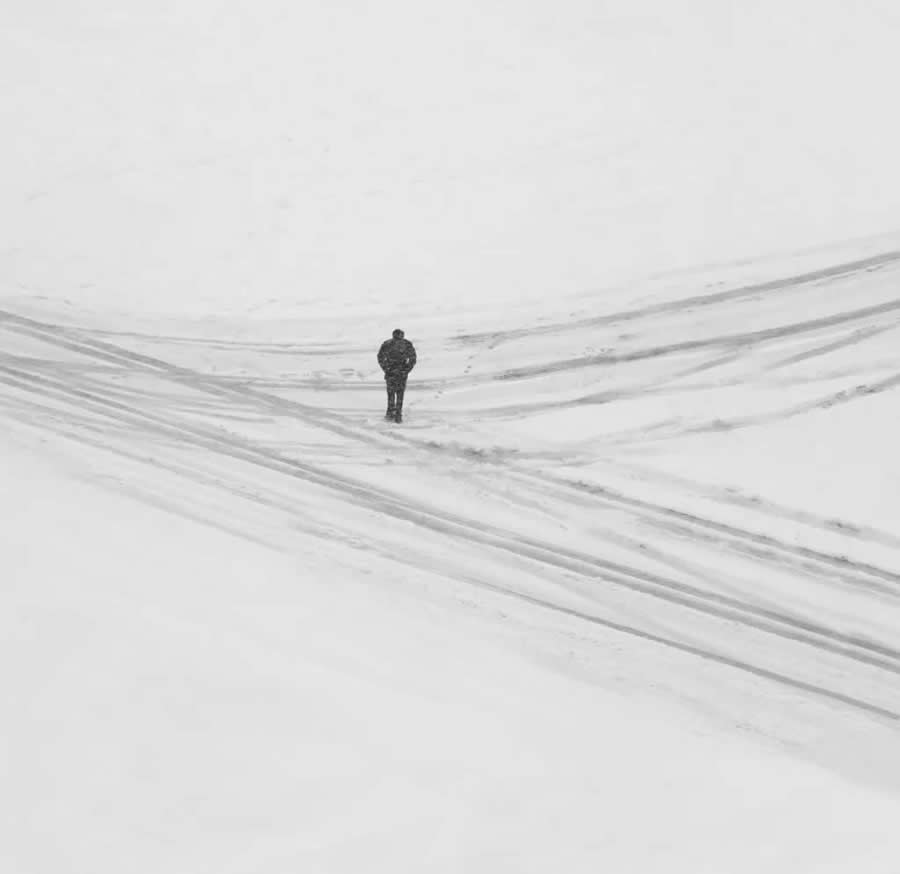
#5
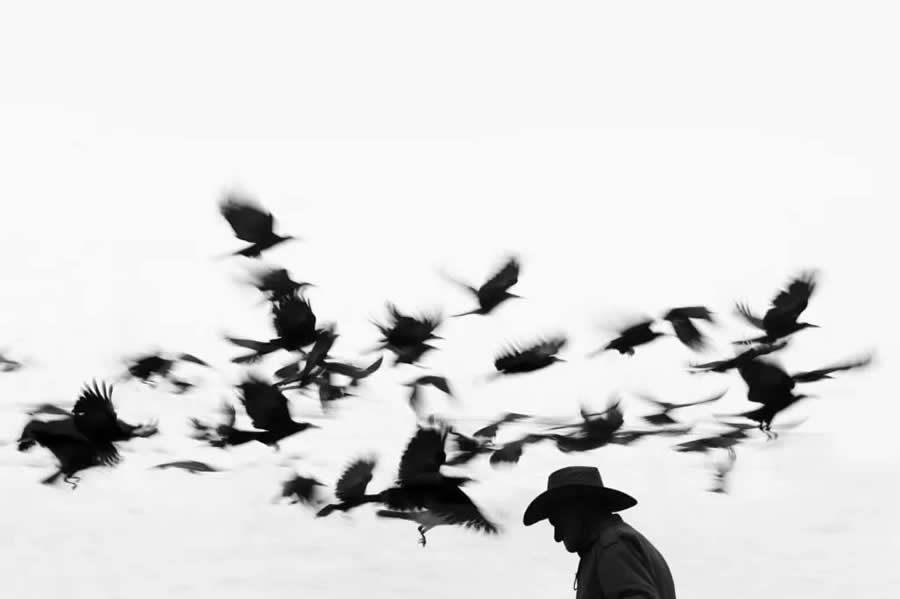
#6
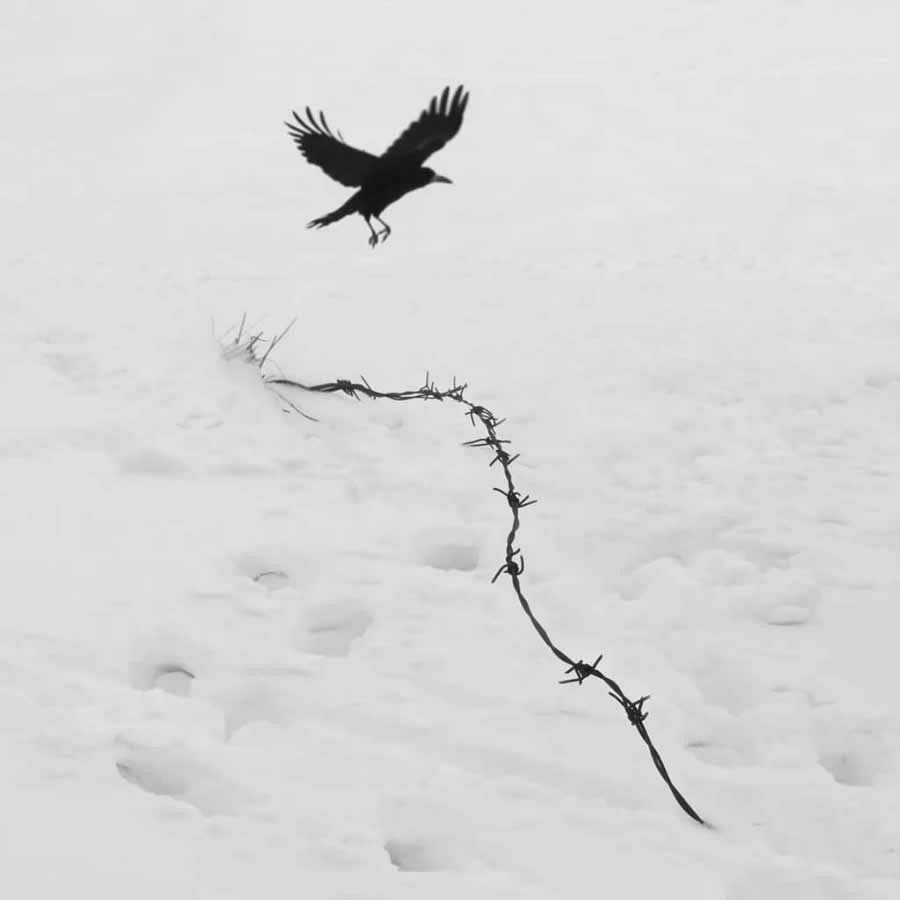
Minimalism as Meaning
At the heart of Nodeh’s work lies minimalism with meaning. A lone tree. A field of snow. A single line of footprints fading into nothing. Each photo is a study in restraint—pared down to its purest visual form. But within that simplicity is profound emotional depth. Through stark black and white tones, Nodeh shows us that beauty doesn’t need embellishment. He allows nature to speak in its rawest, most poetic form. His minimalist compositions become metaphors for solitude, clarity, and stillness—turning each image into a small, silent revelation.
#7

#8
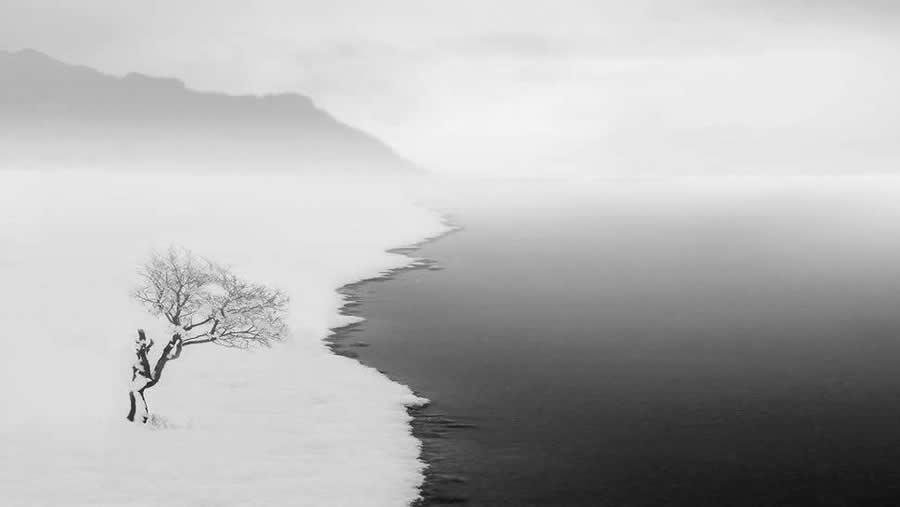
#9
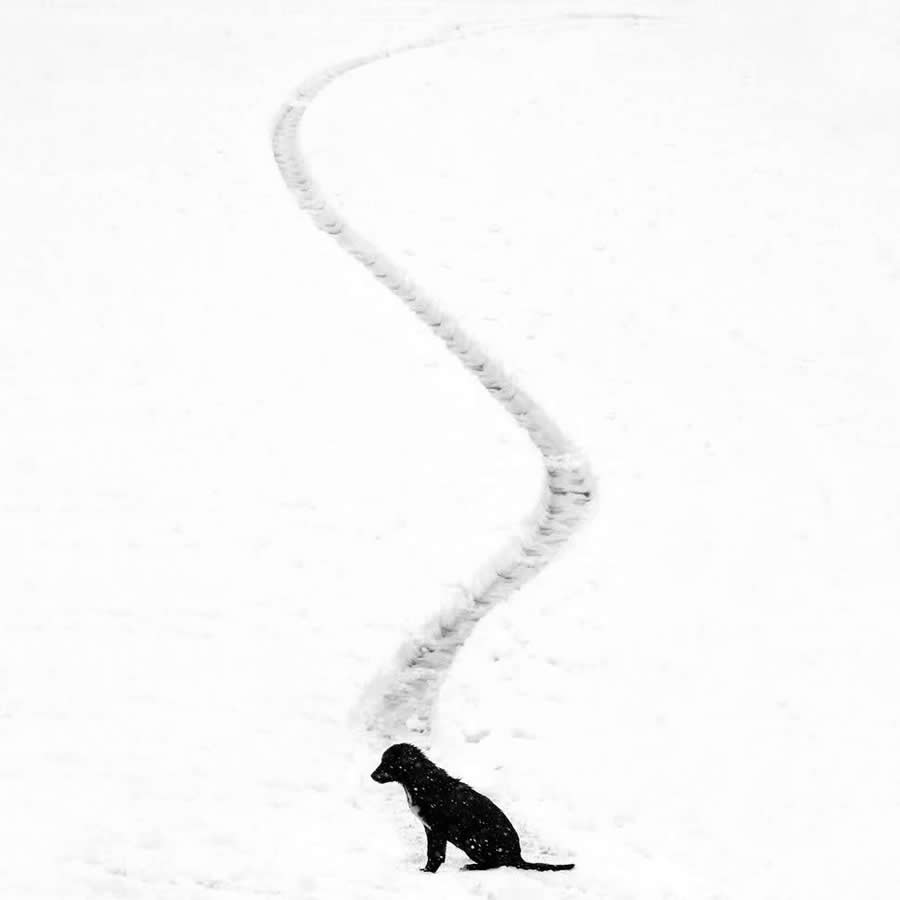
The Poetry of Trees
Few photographers capture trees the way Mostafa Nodeh does. His trees are not just objects—they are characters. Standing alone or in symmetrical lines, they evoke resilience, contemplation, and calm. Whether bare-limbed in snow or reaching into fog, these trees carry emotion without movement. Nodeh often uses them as central anchors in his frames, balancing negative space with delicate form. Their placement—off-center, mirrored, or isolated—contributes to the image’s poetic weight. In his hands, a simple tree becomes a haiku written in black and white.
#10
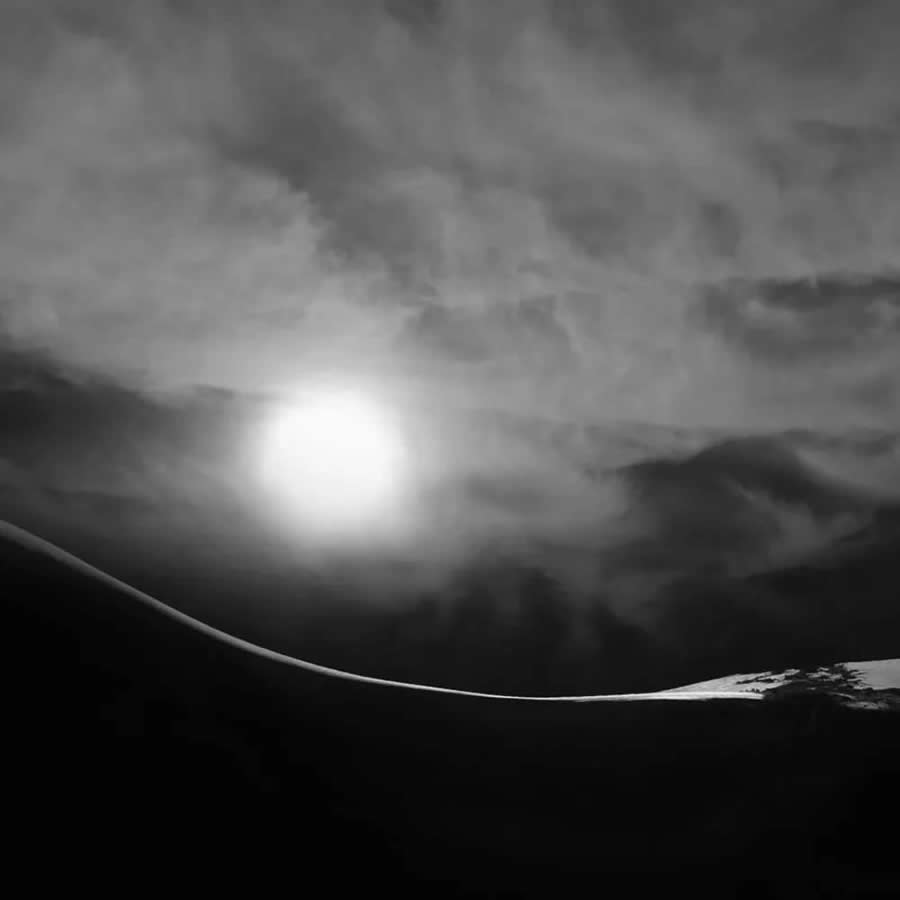
#11
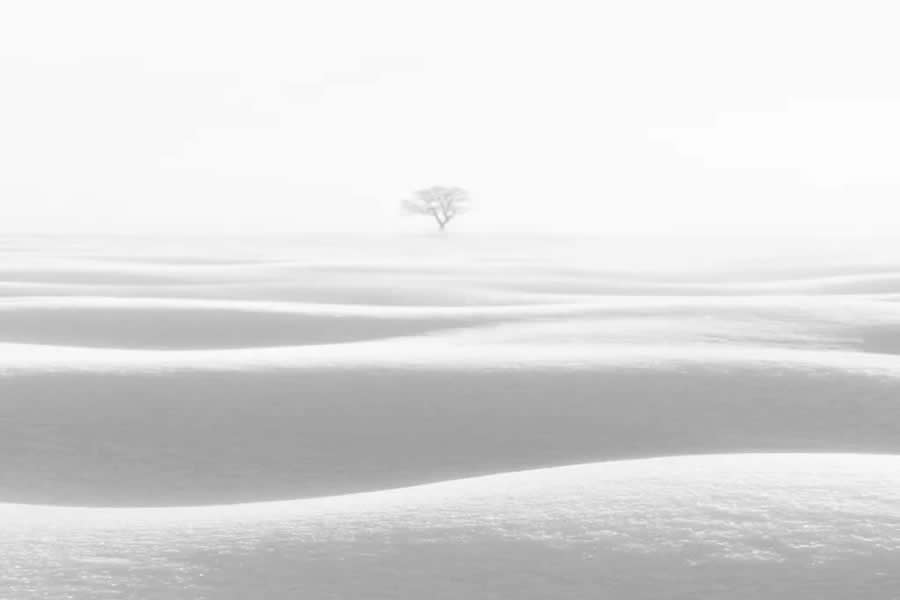
#12

Snow as Canvas
Snow plays a vital role in Nodeh’s photography. It is not just weather—it’s a medium. Snow transforms the landscape into a white canvas, allowing dark elements to rise like ink on paper. In these snowy scenes, trees, rocks, and shadows become brushstrokes of simplicity and grace. Snow obscures the unimportant and reveals form. It brings out textures, isolates subjects, and enhances the emotional clarity of each scene. The whiteness is not cold—it’s pure. In his snowy landscapes, Nodeh creates visual poems where silence becomes visible.
#13
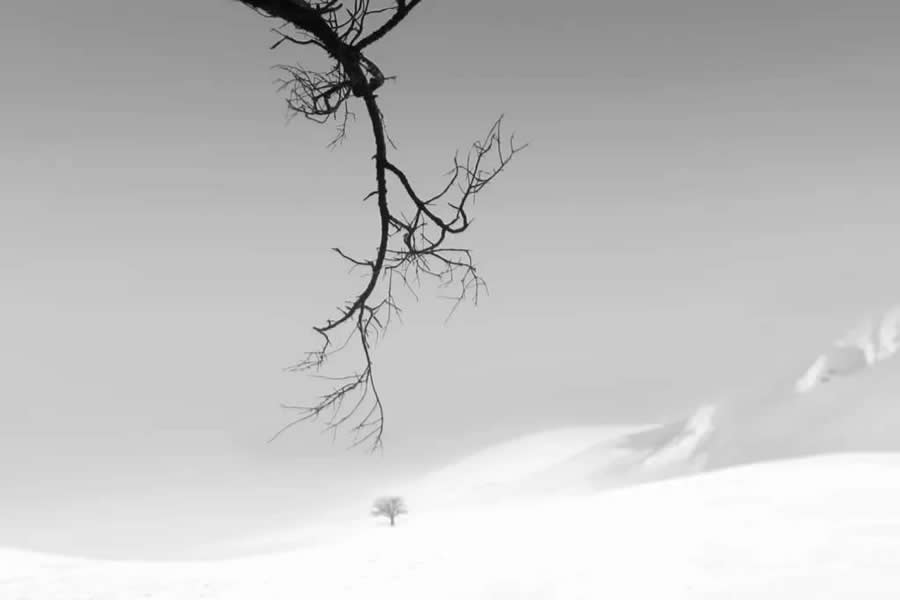
#14
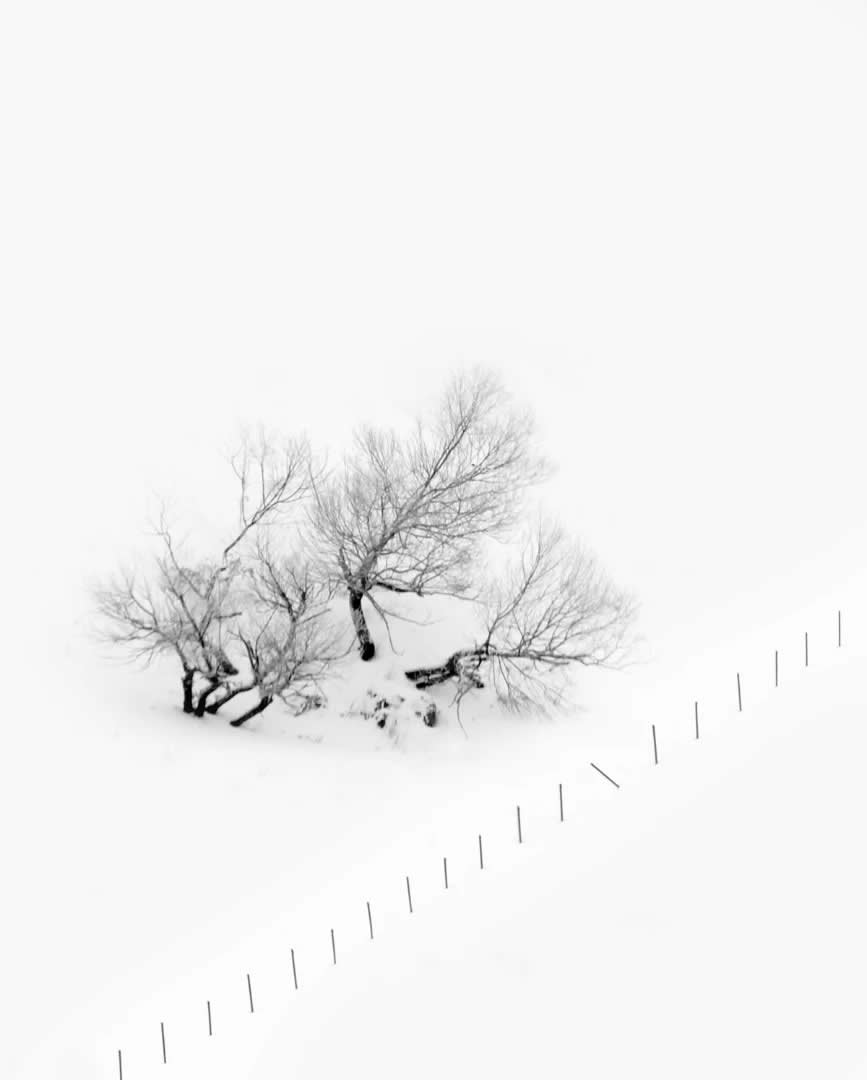
#15
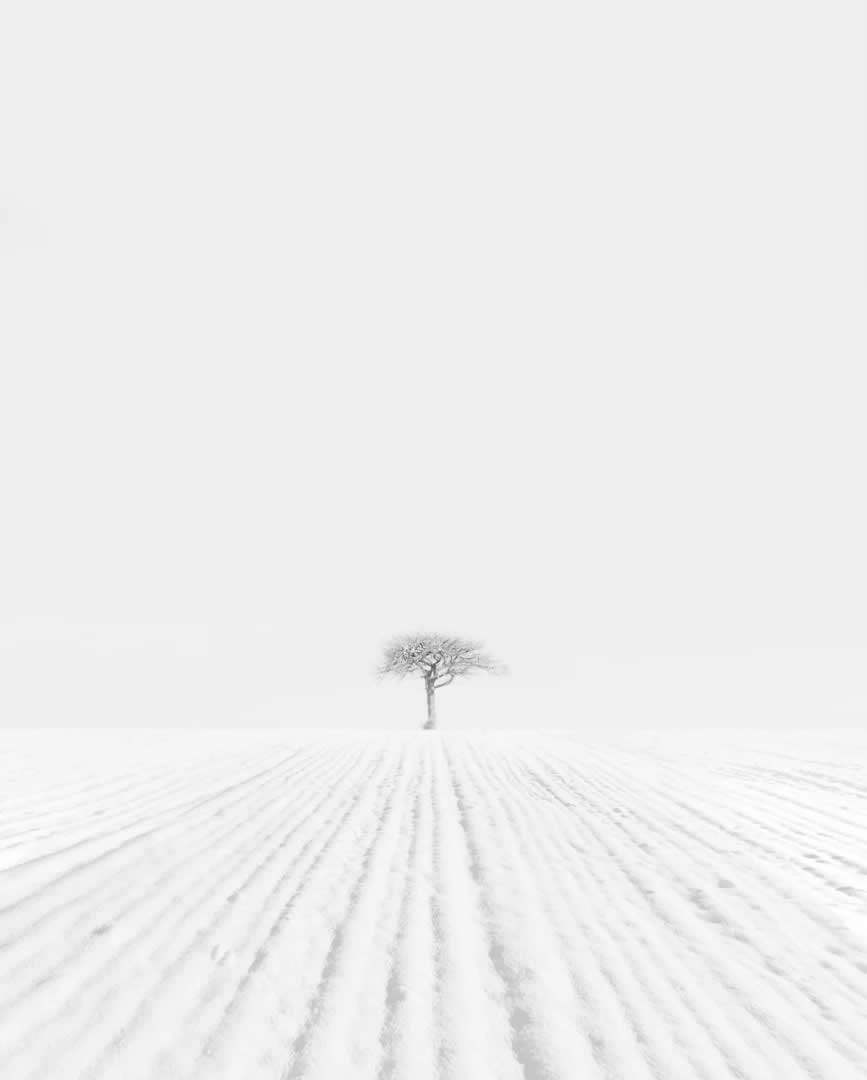
Framing the Infinite
Nodeh’s mastery of composition and framing is subtle but powerful. He uses symmetry, leading lines, and negative space to guide the eye and create mood. His horizons are often low, letting skies dominate. Or they are high, leaving room for empty snowfields to stretch endlessly. Nothing in his frame is accidental—each placement carries purpose. Whether using reflections in a pond or the curve of a path, Nodeh leads us gently through his world. The infinite feels close, not distant, in his carefully balanced scenes.
#16
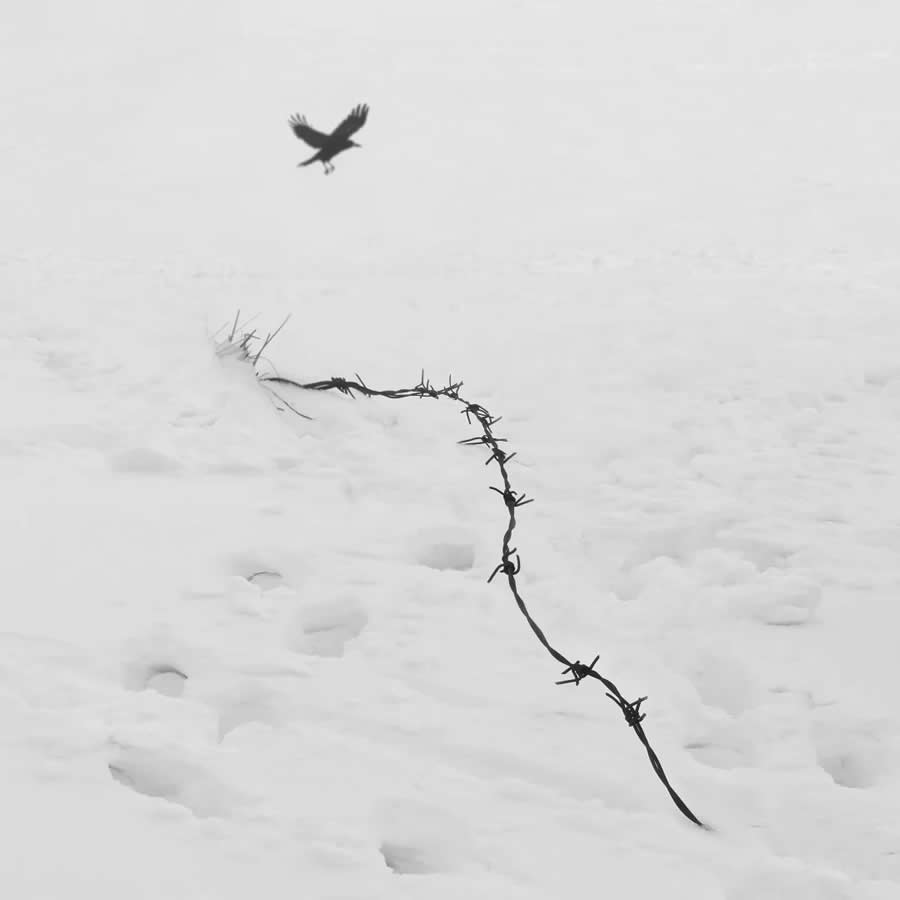
#17
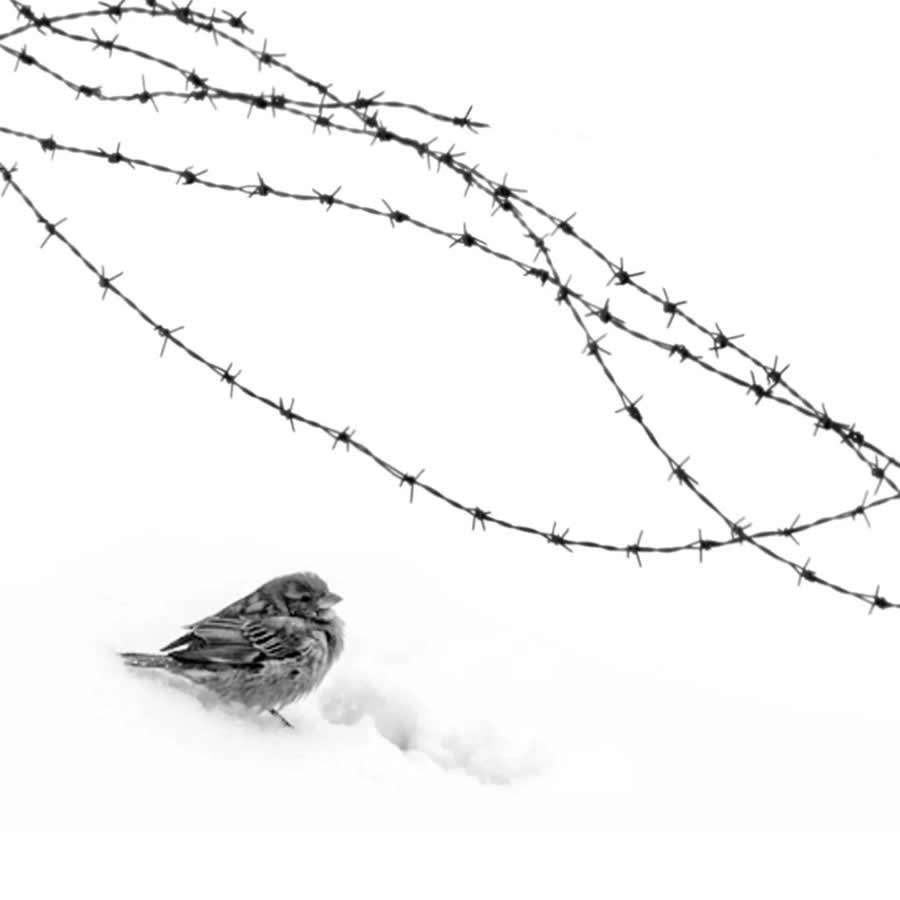
#18
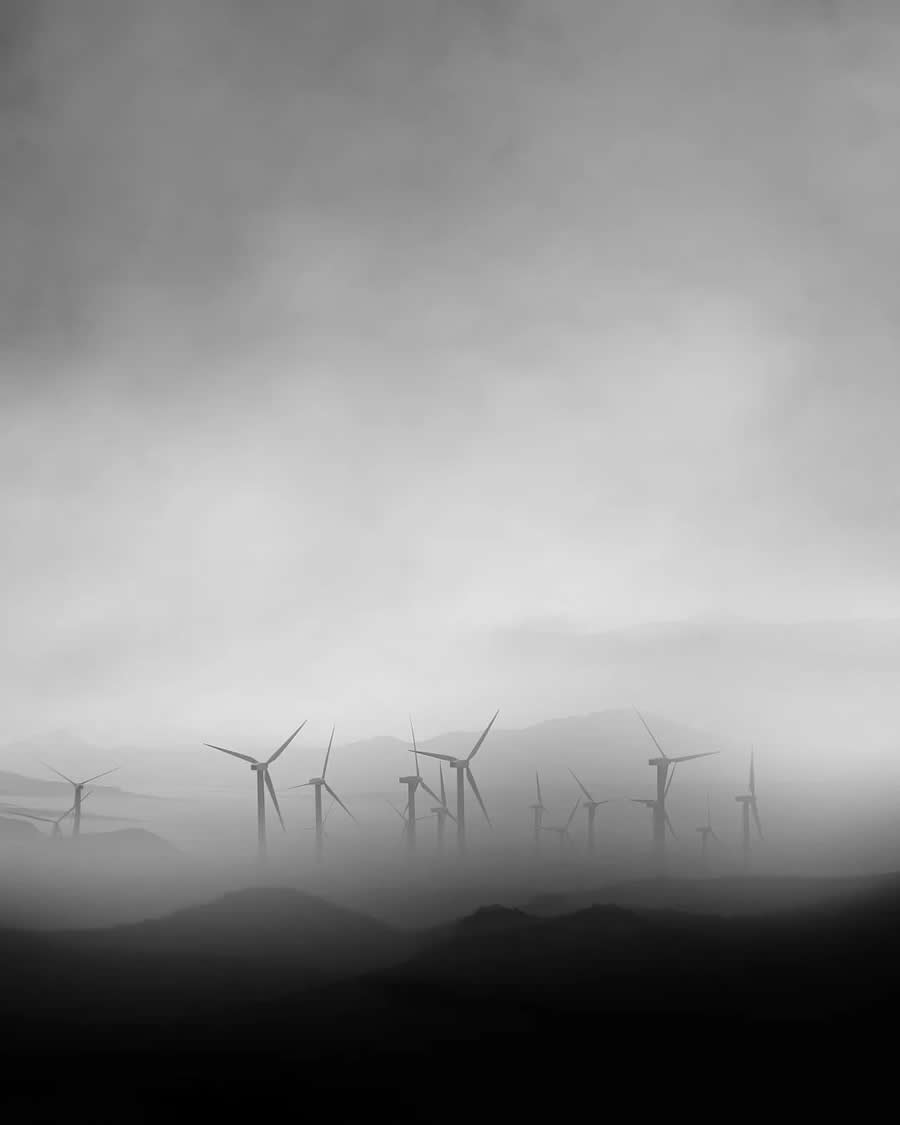
Light, Shadow, and Emotion
Though stripped of color, Nodeh’s images pulse with emotional contrast. His use of light and shadow creates depth, mood, and tension. A tree silhouetted against a pale sky. A fence fading into fog. Dark tones suggest solitude; lighter ones evoke quiet hope. Nodeh’s tonal control allows viewers to feel rather than just observe. The absence of color directs attention to form, line, and emotion. Every grayscale gradient contributes to the atmosphere. In these layered tones, we sense not only nature’s shapes—but its feelings.
#19

#20
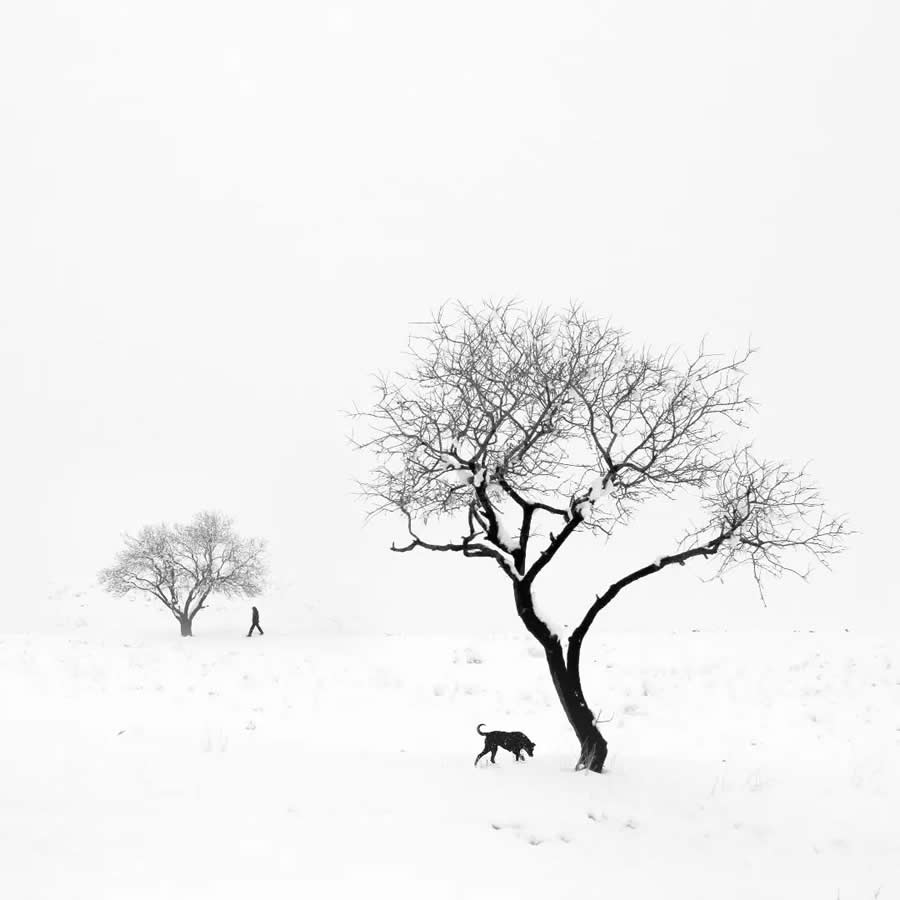
#21
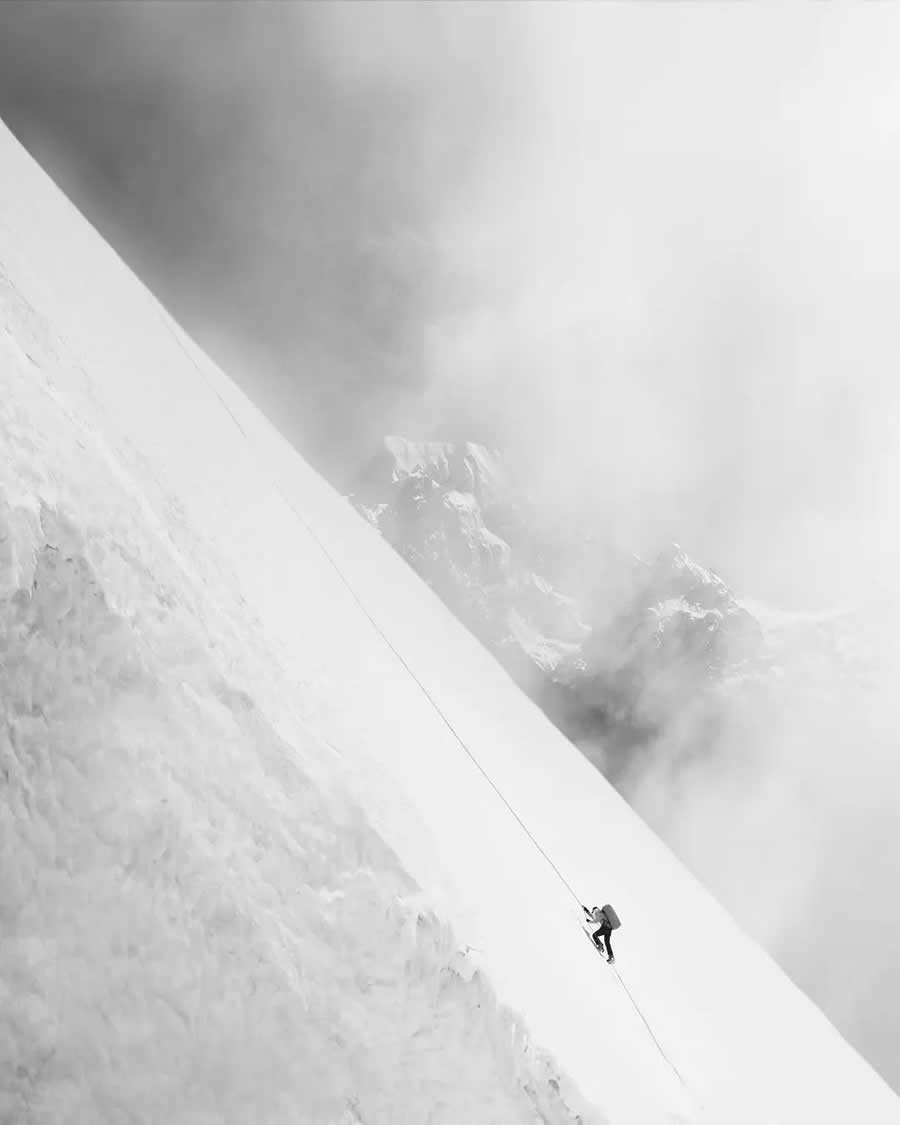
A Global Voice from Iran
Hailing from Iran, Mostafa Nodeh has become a globally recognized voice in contemporary landscape photography. Despite his deeply personal and regional aesthetic, his images resonate with universal emotion. His work has earned recognition in prestigious competitions and publications worldwide. Yet, he remains grounded in his vision—finding meaning in stillness, poetry in snow. His Iranian landscapes feel familiar to viewers across continents, proving that beauty in simplicity knows no borders. Nodeh’s global reach is built not on spectacle, but on sensitivity and soul.
#22
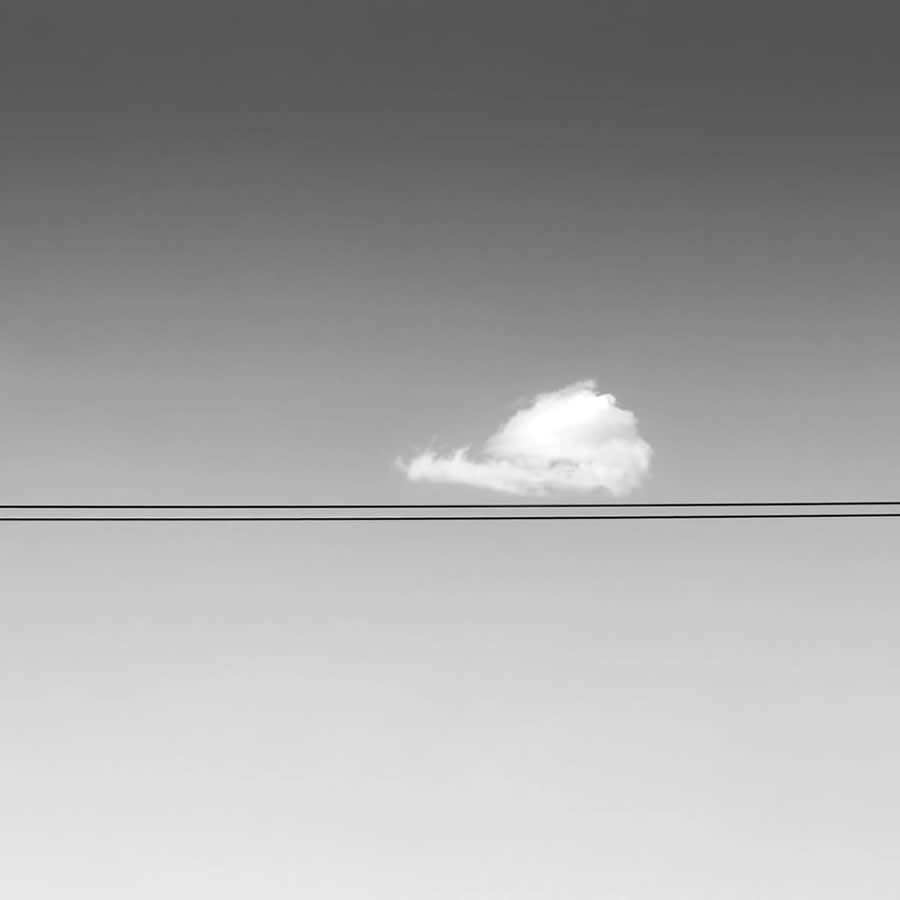
#23
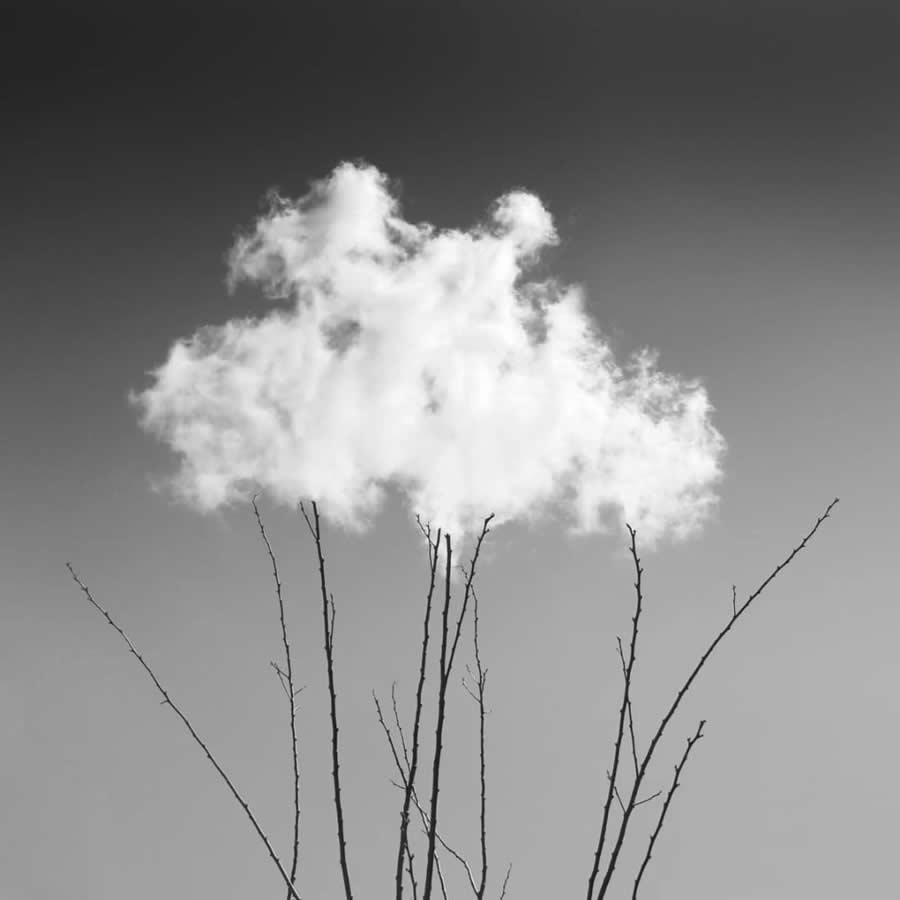
#24
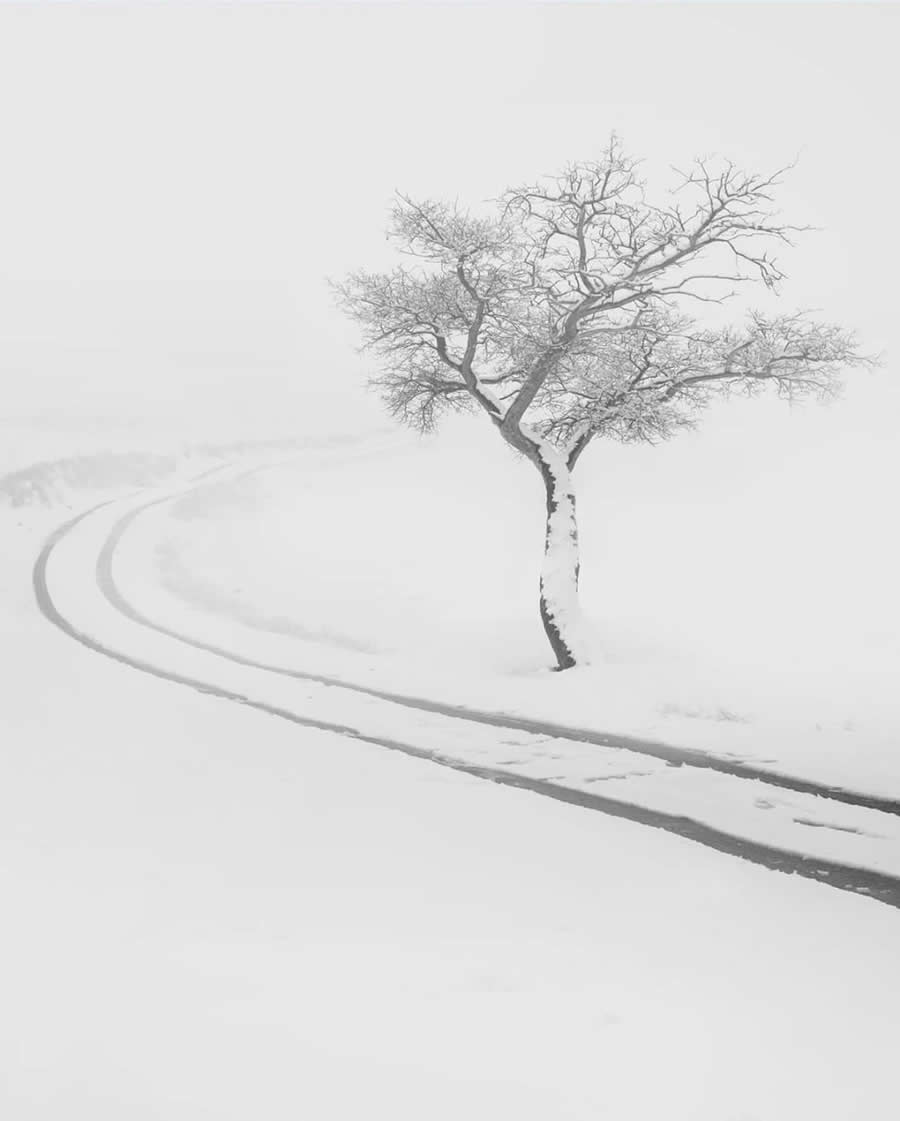
Photography as Meditation
For Nodeh, photography is not just image-making—it is meditation. His process mirrors mindfulness: observing, waiting, distilling. There’s no rush in his frames; instead, there’s patience and presence. This reflective approach translates into the viewer’s experience. Looking at his images, we, too, slow down. We breathe. We feel. His work invites us to be more aware of our environment—and our inner world. Through photography, Nodeh teaches us that quietness holds power, and simplicity can reveal profound truths.
#25
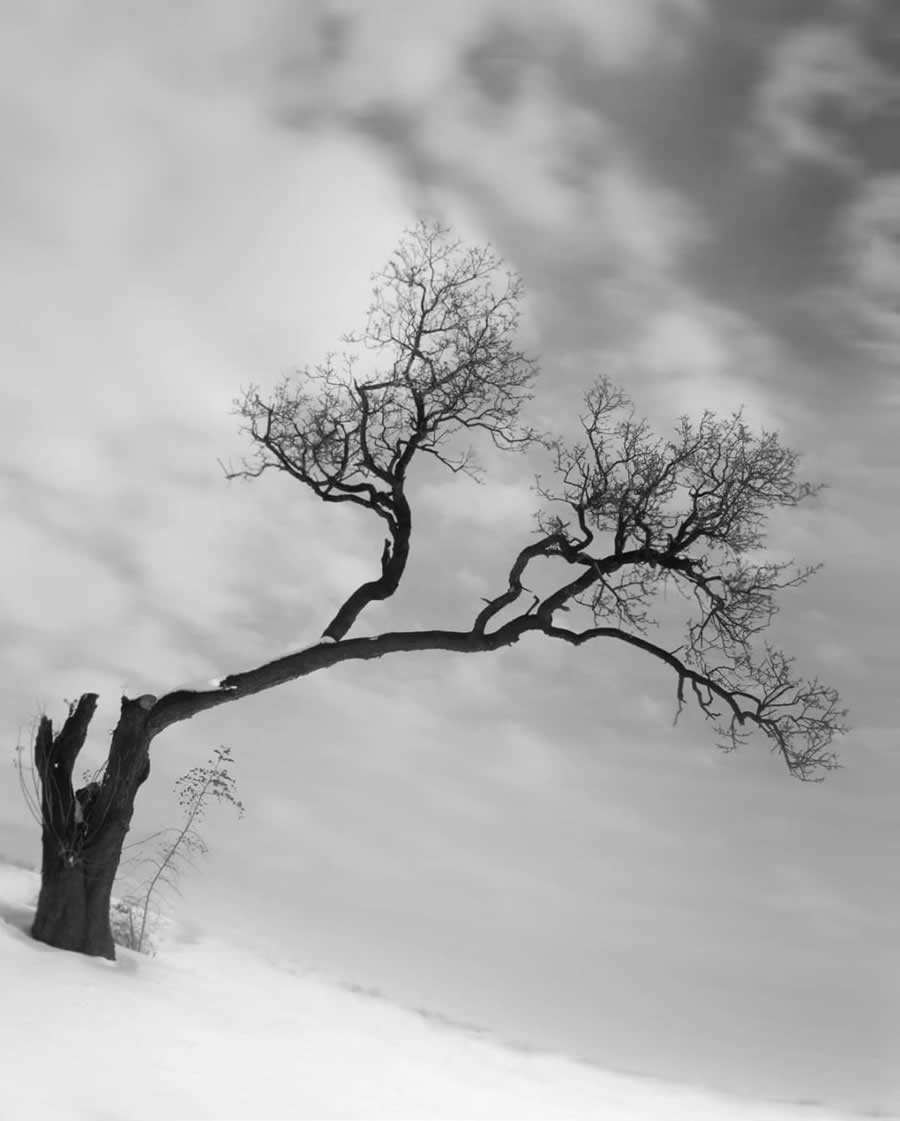
#26
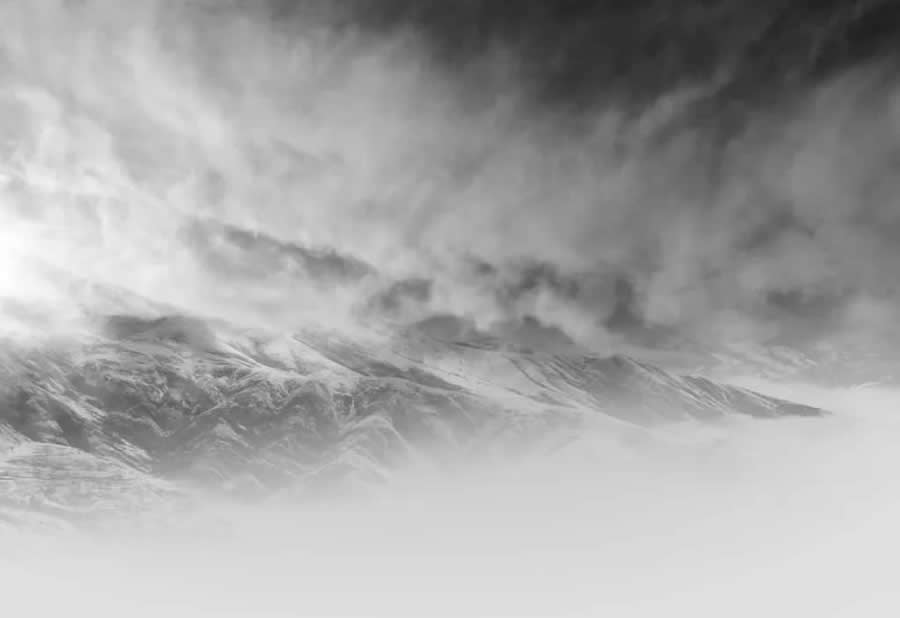
#27
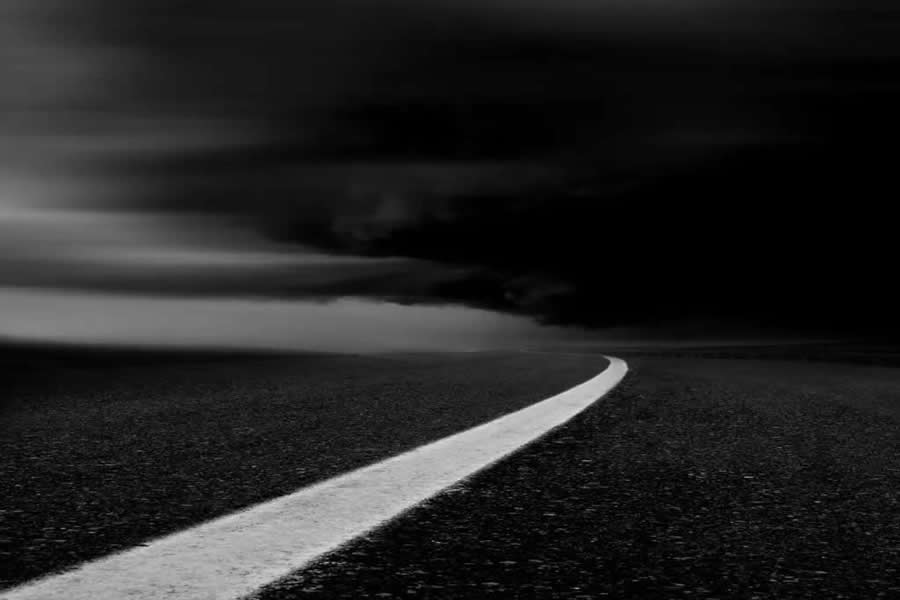
Conclusion
Mostafa Nodeh’s black and white landscapes do more than depict the natural world—they reflect our internal landscapes. In every line of shadow, in every snowy expanse, there is a pause, a breath, a question. His work exemplifies how minimalism, when rooted in meaning, can carry deep emotional weight. With poetry in every photo and purpose in every frame, Nodeh shows us the beauty of less, the strength in silence, and the soul of nature at its quietest. These 30 poetic landscapes are not just to be viewed—but to be felt.
#28
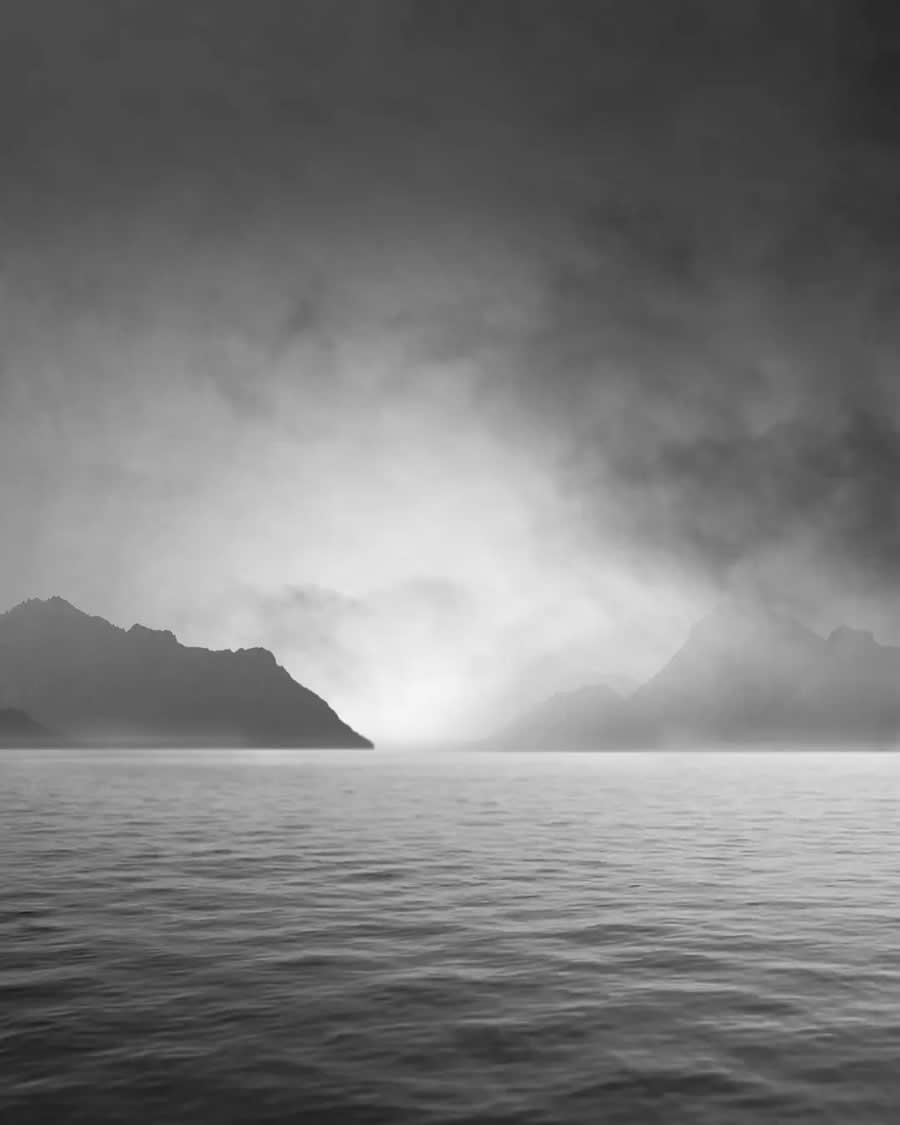
#29
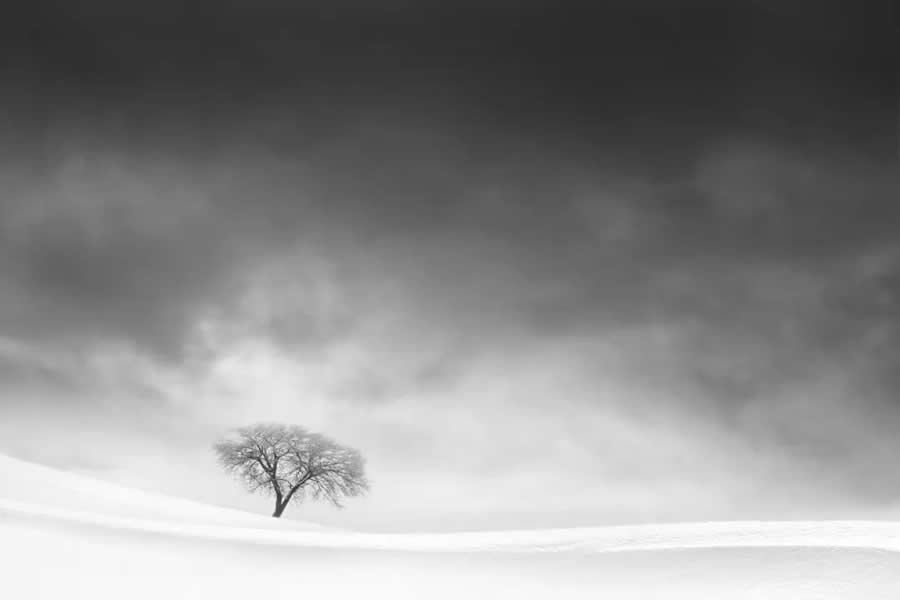
#30
